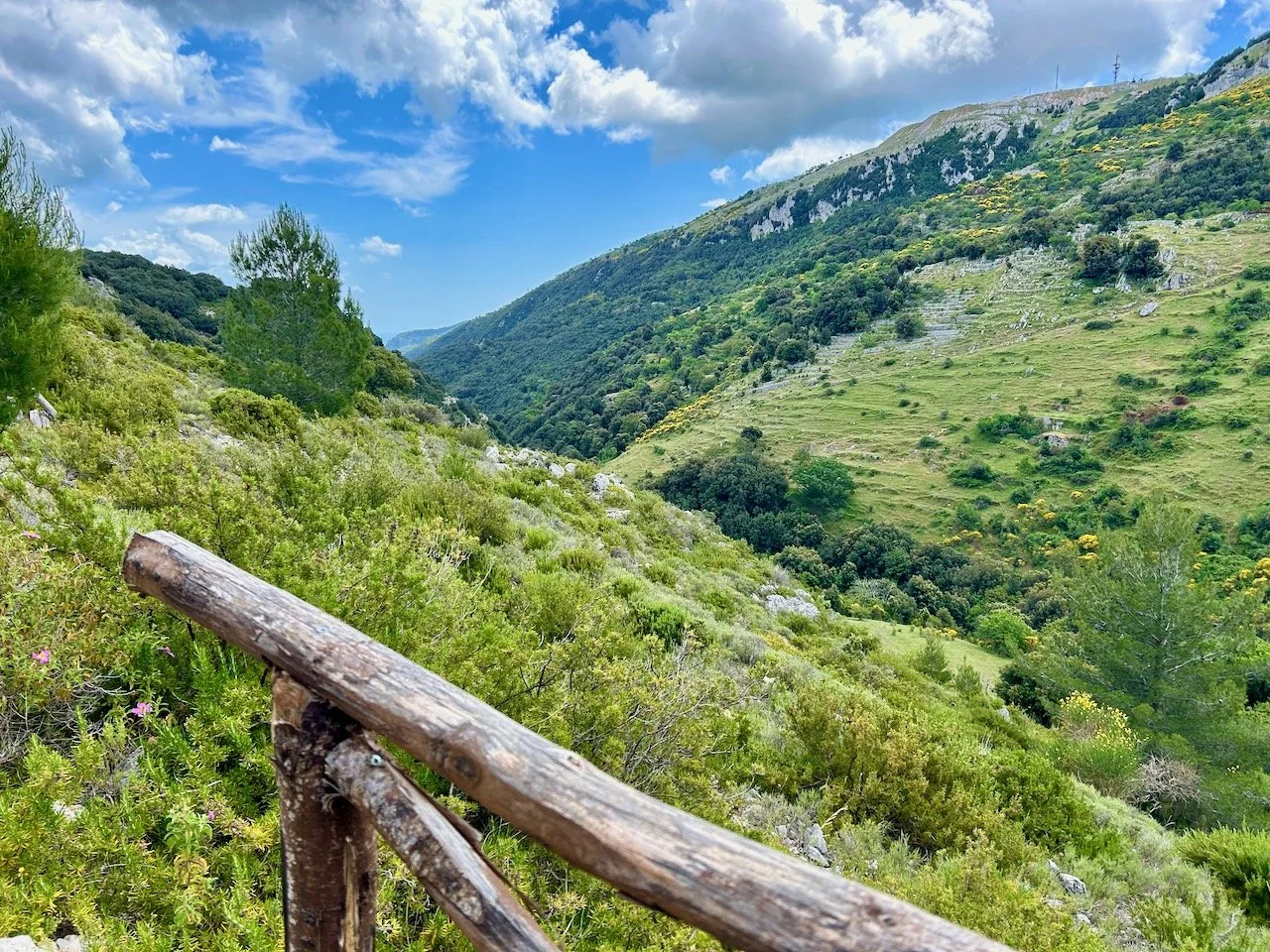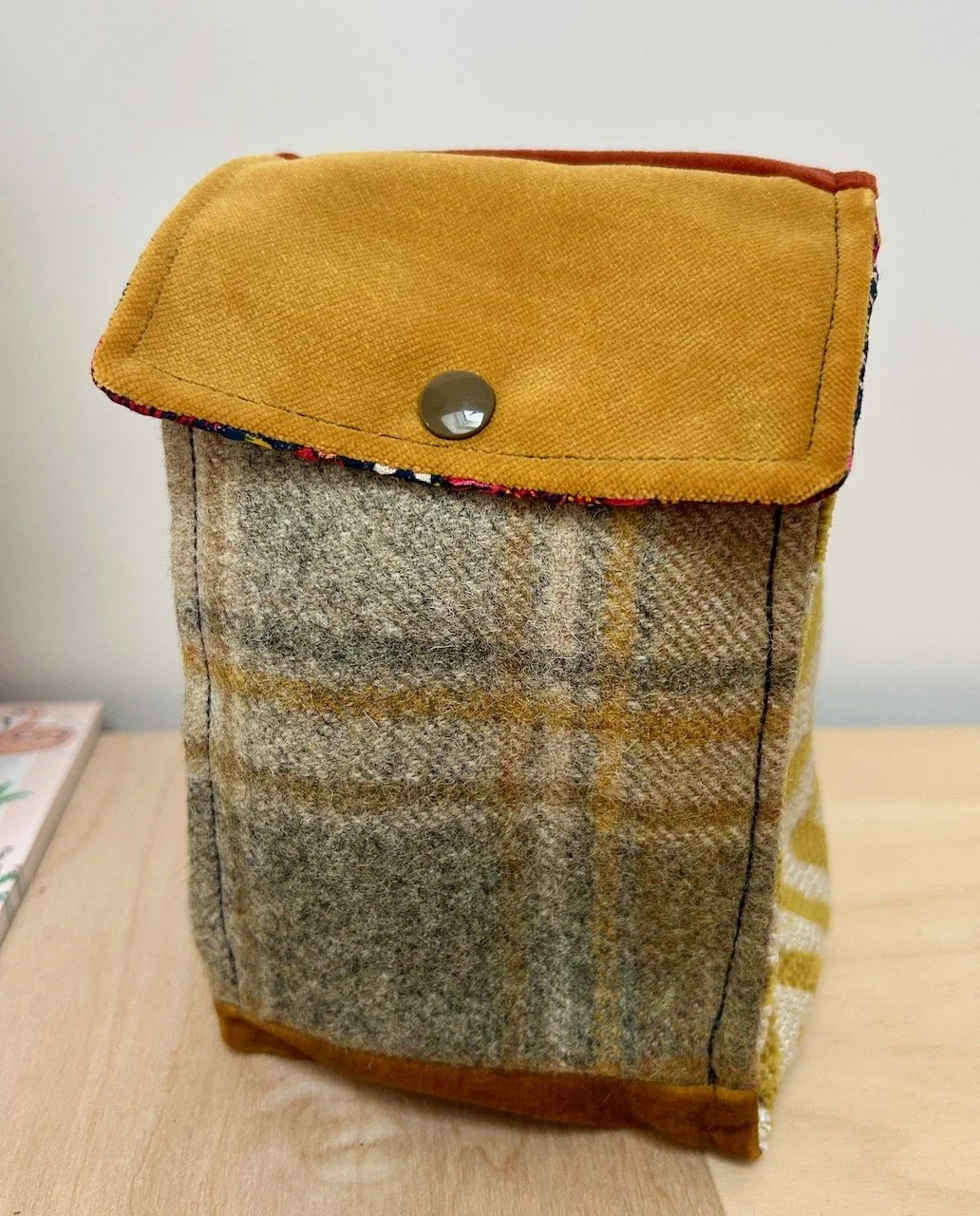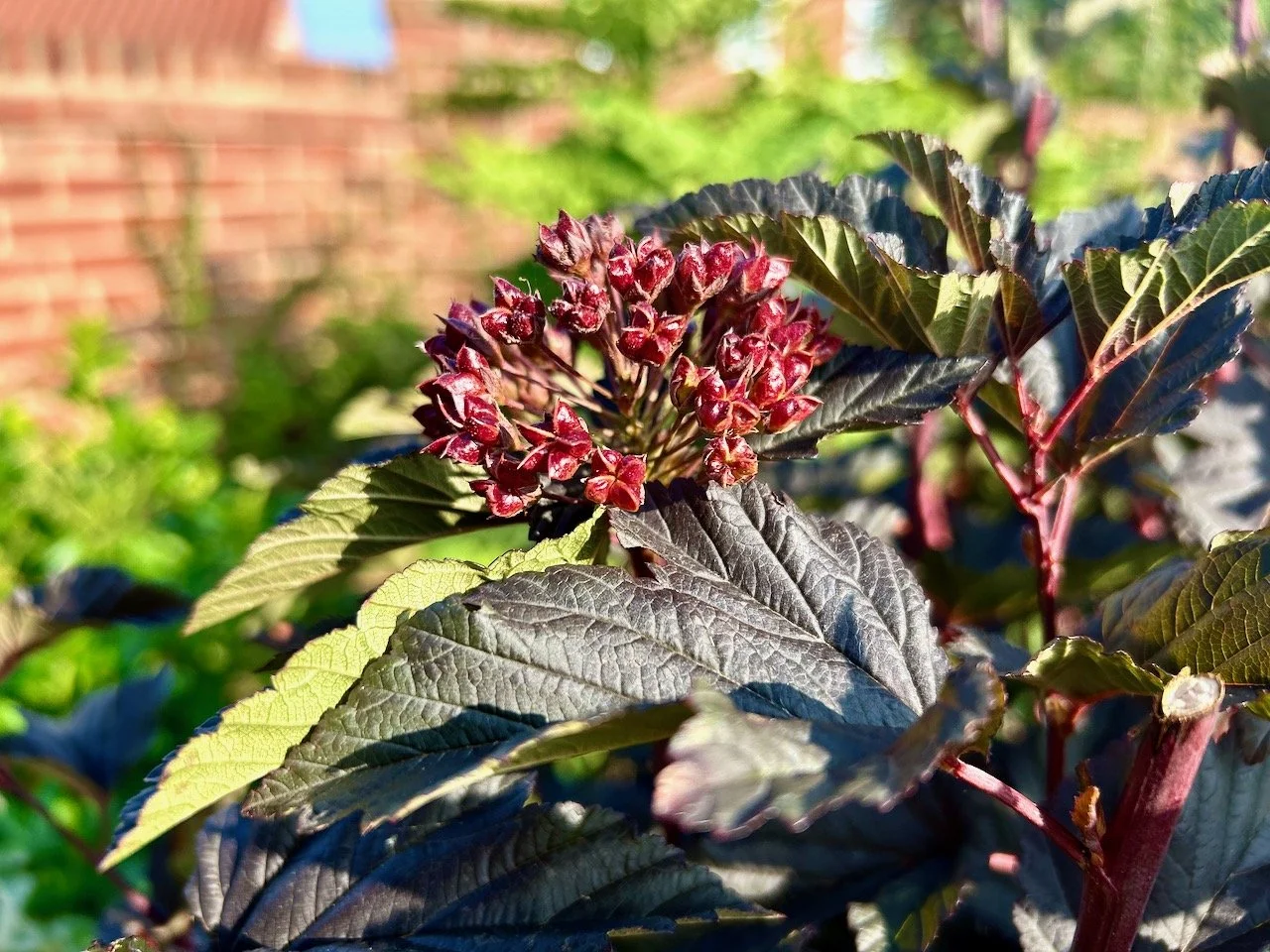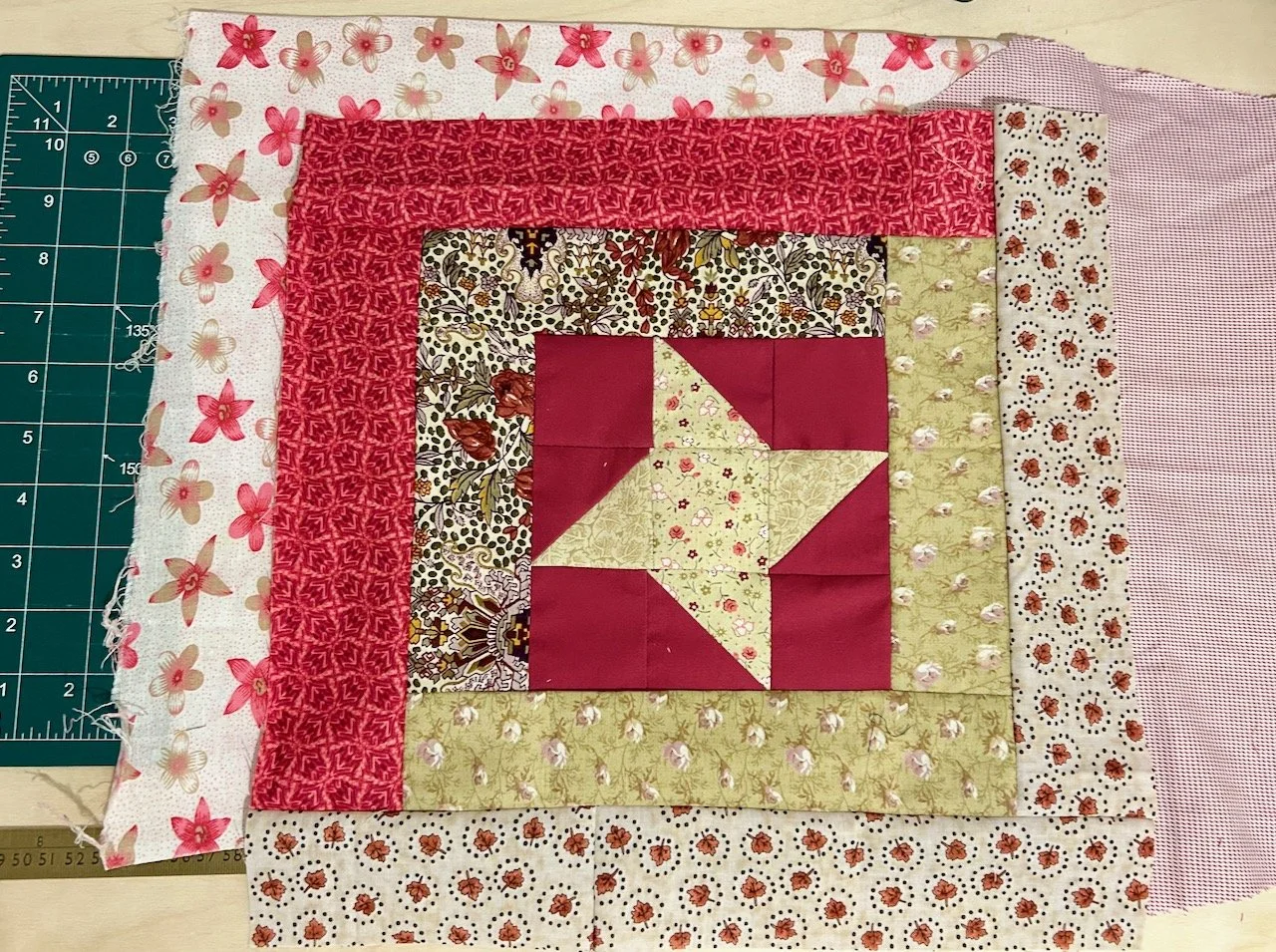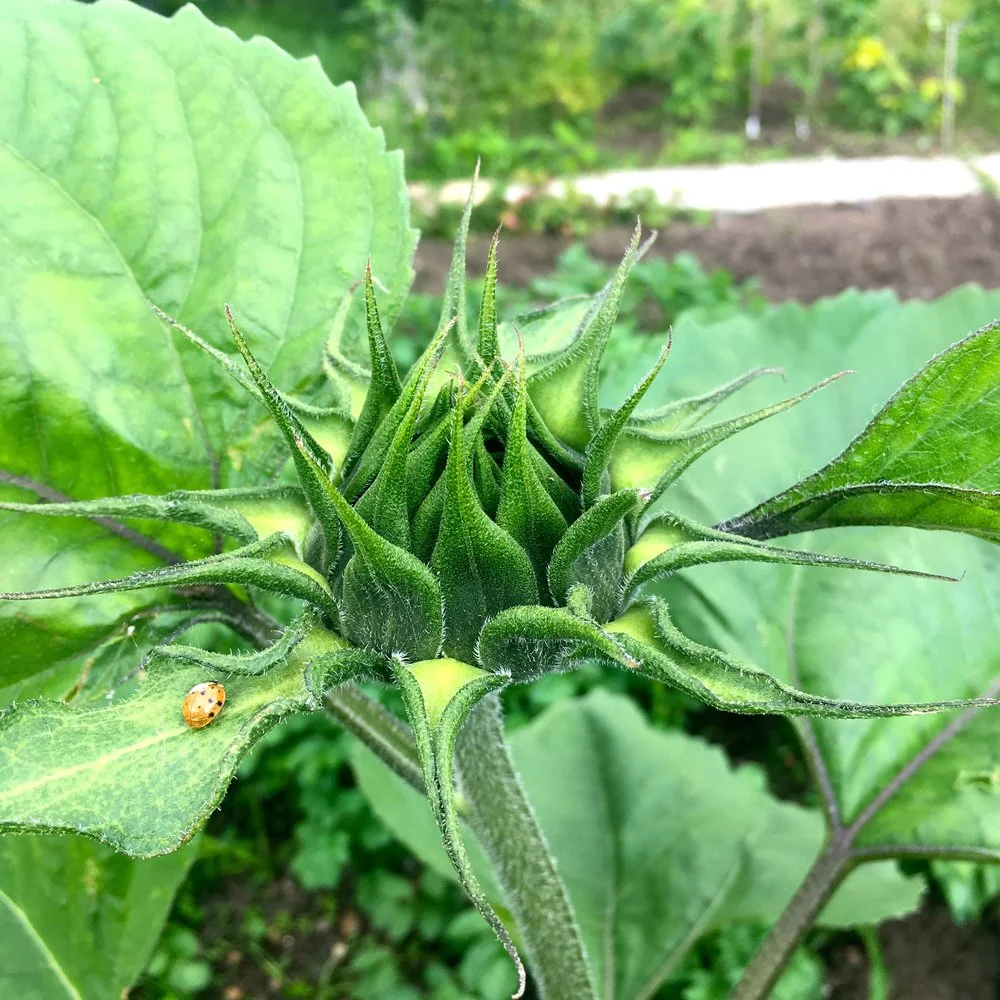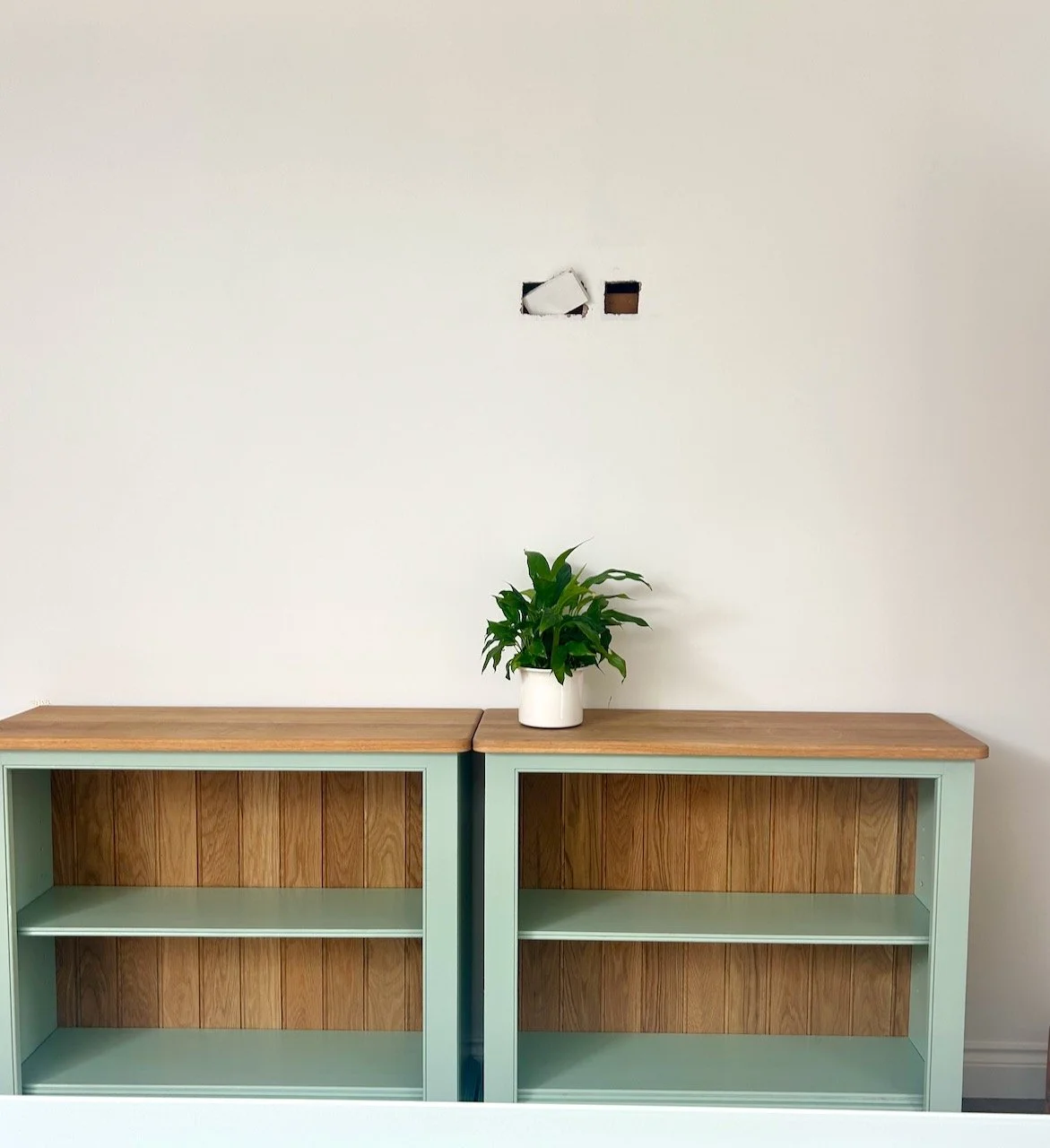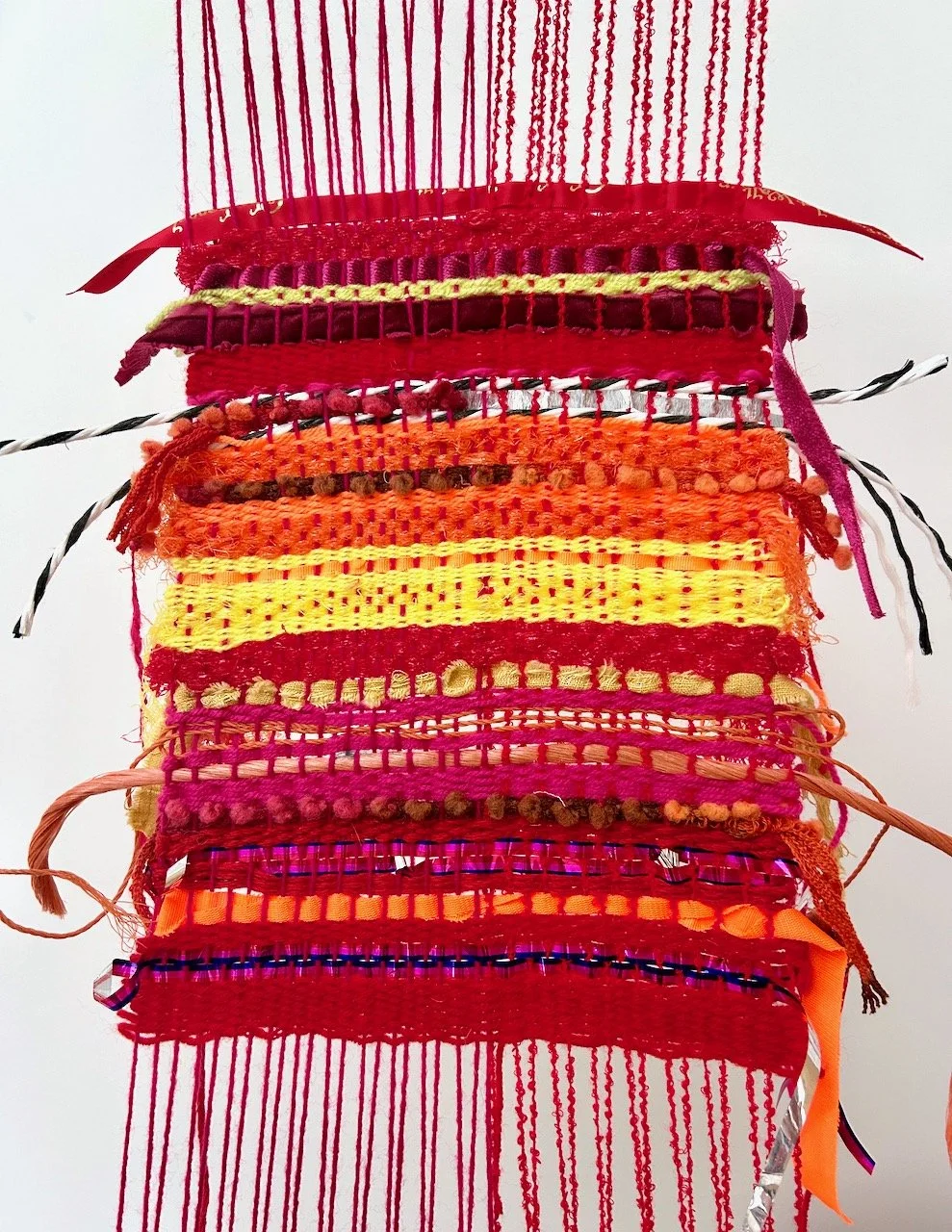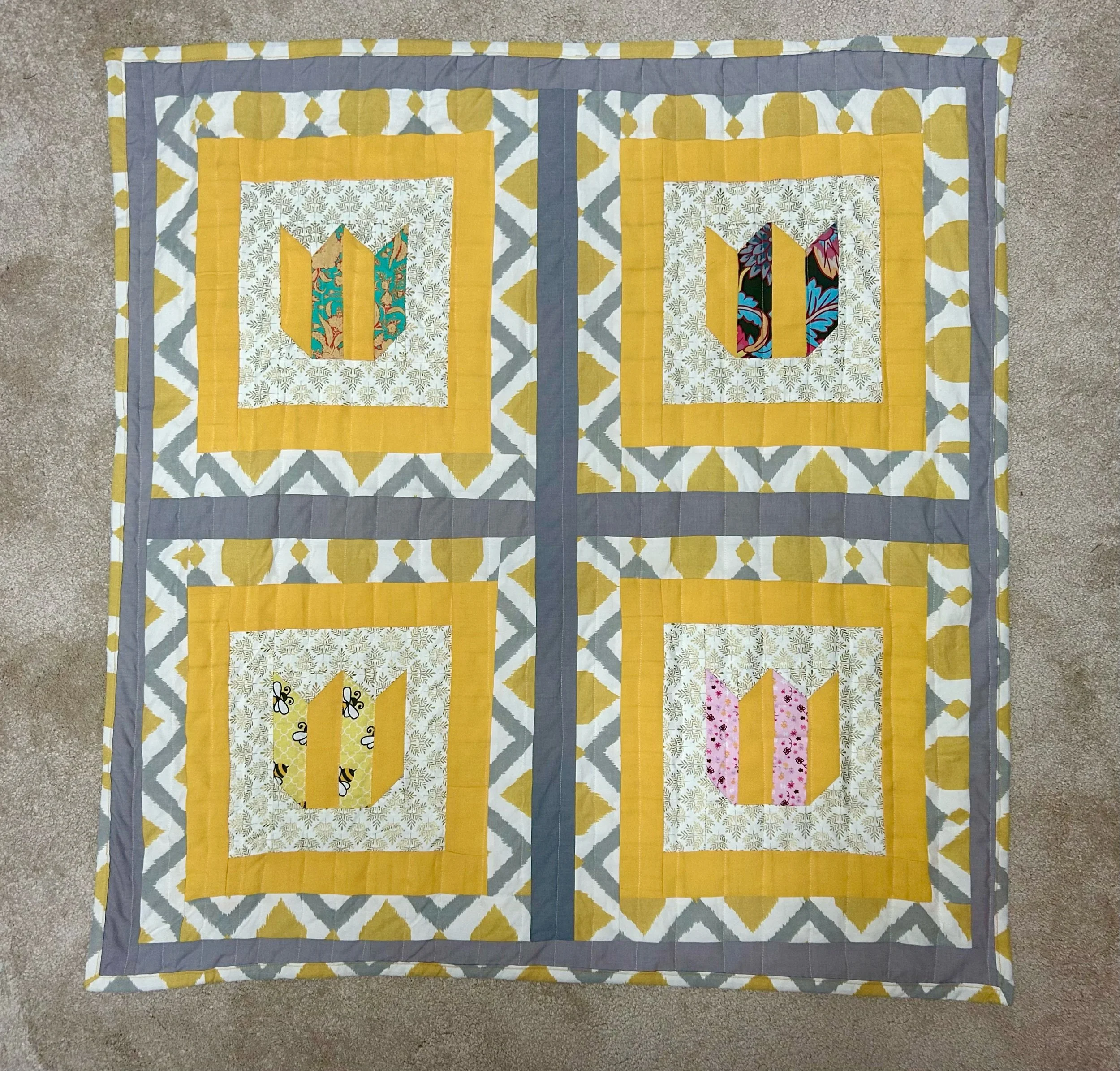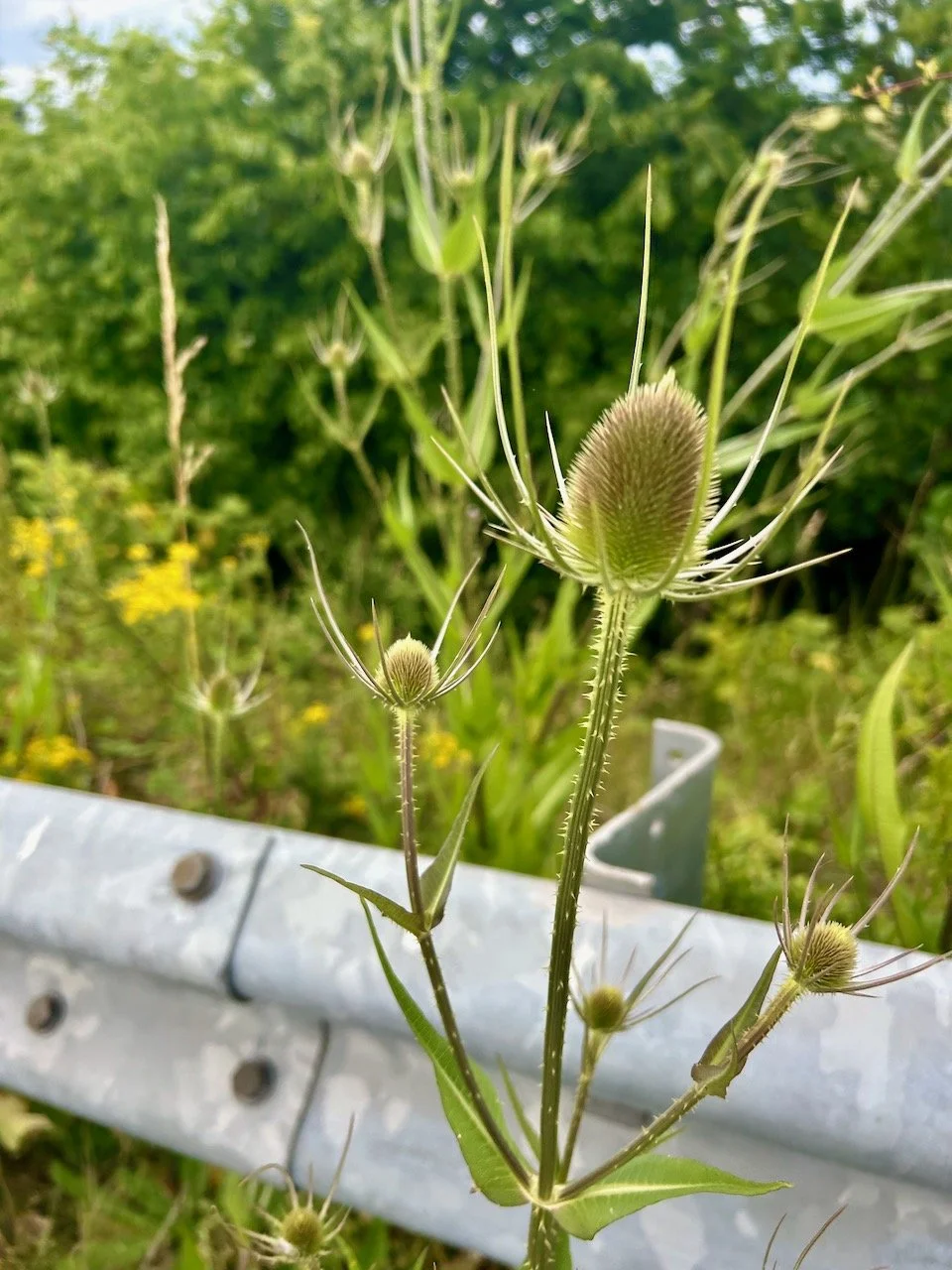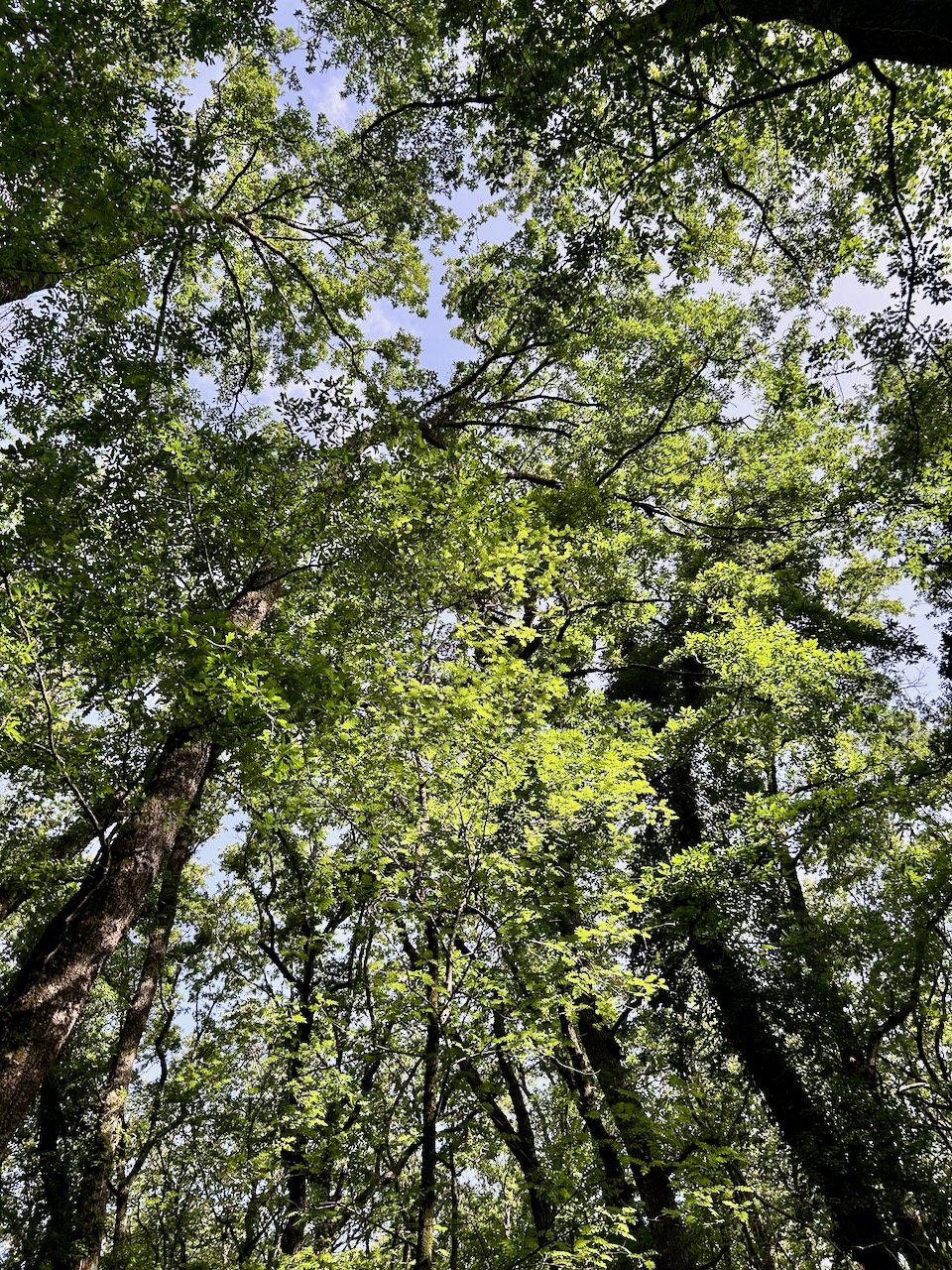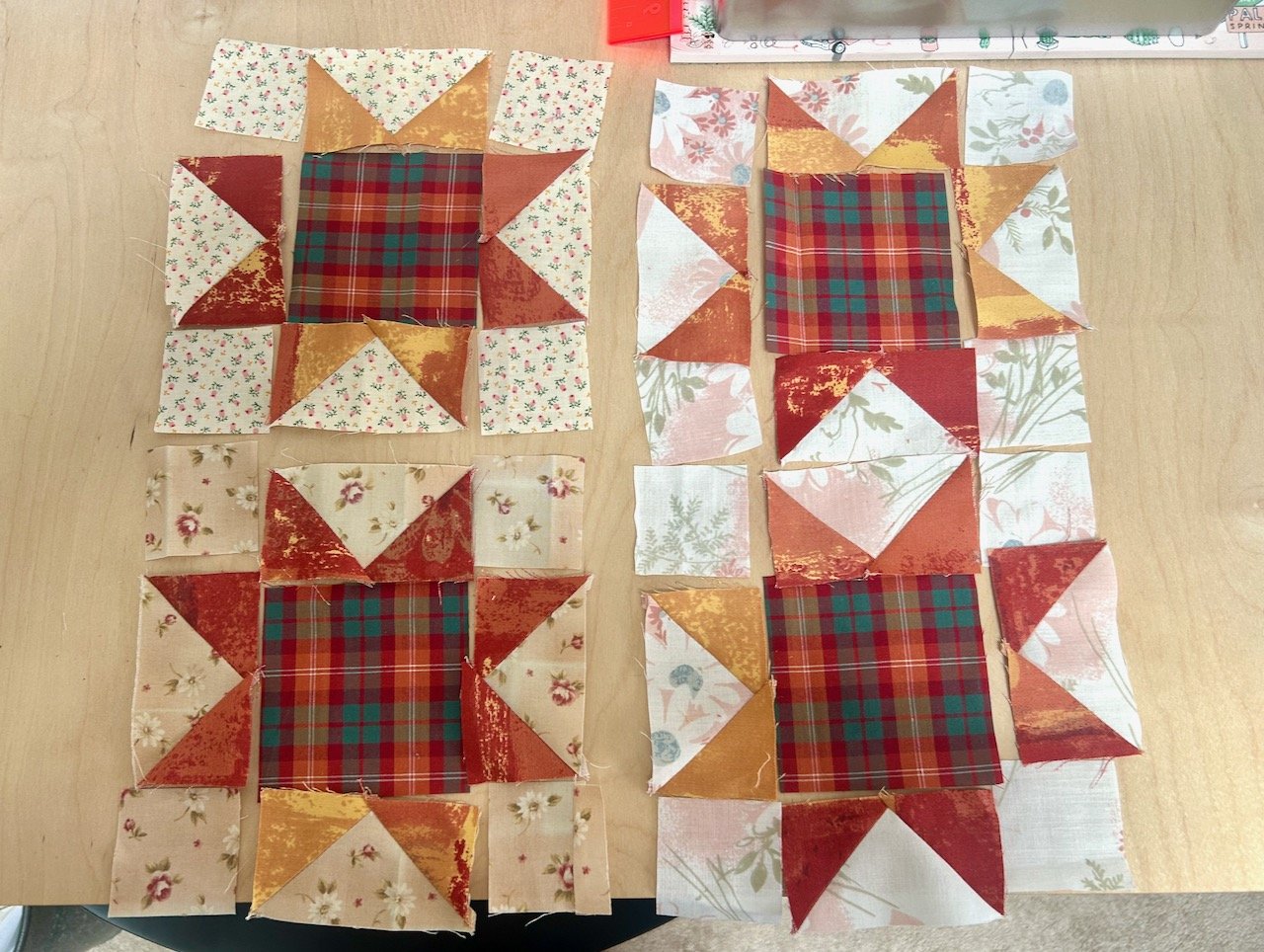Yes, as well as being a pretty special chateau, Chenonceau has two formal gardens. And a remarkable history. It reflects the combined influence of five women who influenced this stunning chateau which stretches over the river Cher, not the Loire as you might imagine.
First it was Catherine Briçonnet, wife of the royal chamberlain who supervised the construction of the chateau. Later, Diane de Poitiers, Henri II's mistress, created the largest of the formal gardens and built a bridge over the Cher. After his death though his widow, Catherine de Médicis reclaimed the chateau and topped the bridge with a gallery - I'll share more of the inside of the chateau in a later post. She also added a formal garden to rival Diane's, it seems there was great rivalry between these women, even in gardens.
The final two women were Louise Dupin, who because of the respect people had for her was able to survive the 1789 Revolution, to be restored by Madame Pelouze in the 19th century. I'm very grateful that each of these women played their part in history, because the result is probably my favourite chateau so far. And that's quite a claim.
So onto the gardens. First up is the large formal garden created by Diane de Poitiers.
It's a sunken garden and there's a walkway around the garden which we headed around first. You can just about see espaliered roses spreading out across those walls. I don't have any photos of these close up so clearly at the time I saw those as just another rose, especially as roses were the flower of this holiday. I think I was much more interested in the squiggles in the grass. Yes, that's a technical term.
Fascinating aren't they. Not only there swirly pattern, but also what the plant was. I couldn't tell from the walkway so after admiring one of the many white pots dotted at equal distances on the edge of the higher level I was determined to head down there and find out more.
From the lower level it was much easier to see the individual plants, and while they had the grey of lavender it wasn't lavender. The yellow flowers, which you can just see on the right of the picture gave me a clue, but I still wasn't sure. So as I spied some gardeners happily gardening away, I went to find out. At my decision point language skills weren't considered, but as soon as I got their attention I realised that I might not understand their answer, so might be none the wiser.
Thankfully though they understood my pigeon French, or enough of it anyway. And their answer confirmed my suspicions. It is Santolina - or Santalene. Yay. In fact double yay. Yay for identifying the plant, and a bigger yay for asking, being understood and understanding the response.
Santolina is a plant I wish I grew already, and now I definitely want some. I'm not sure I'll manage the swirly shapes, but it'd be great to have some. Satisfied with knowing the plant I could go back to admiring the stonework. And this is quite something.
I think Diane de Poitiers did well with with her garden. I certainly enjoyed it. As we headed back towards the chateau this normal sized house caught my eye. It looked tiny though after all these chateaux. The greenery surrounding and almost covering it, looks like wisteria and I bet it's stunning when it's in flower.
And well there's always time to peer over a wall and snap some reflective shots isn't there? Next up we went into the chateau, but I couldn't help taking a peek over to Catherine de Medicis' garden. It's smaller than Diane's garden, squarer and of a simpler design. No swirly bits here, but looked equally charming.
On reflection I think we should have gone into this garden before visiting the chateau, as somehow the simplicity of the garden was lost on me after the wow of the chateau's interiors. I remember thinking it wasn't as special, but now I'm not sure if that's because I was in sensory overload mode.
The planting is felt different, with more symmetry and probably more like gardens we're used to. And this time there was lavender.
There was also a large central pond, with some equally large fish in. It's a much smaller garden and I wondered why that was. If, as she was she was rivals with Diane, surely she'd want to outdo her in everything? Maybe she did, or maybe she thought less was more, who knows, but it's an interesting conundrum isn't it?
So there you go, the two formal, but two quite different gardens of Chenonceau. There is a third garden, and that's a much more practical one and we'll come back to that at a later date too.
I left thinking that these five women all must have been pretty special, and all very determined. And isn't that great?

